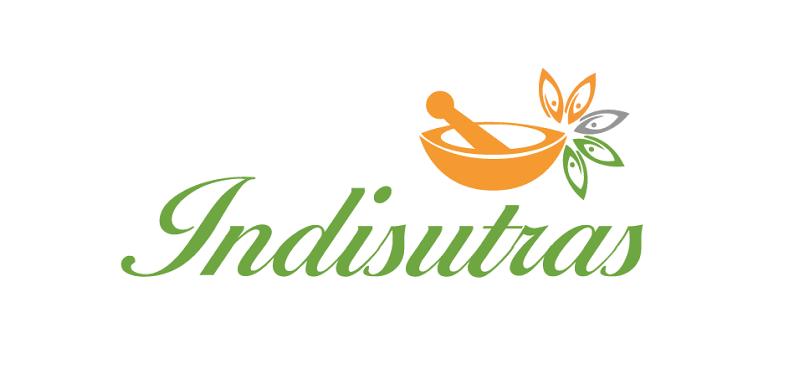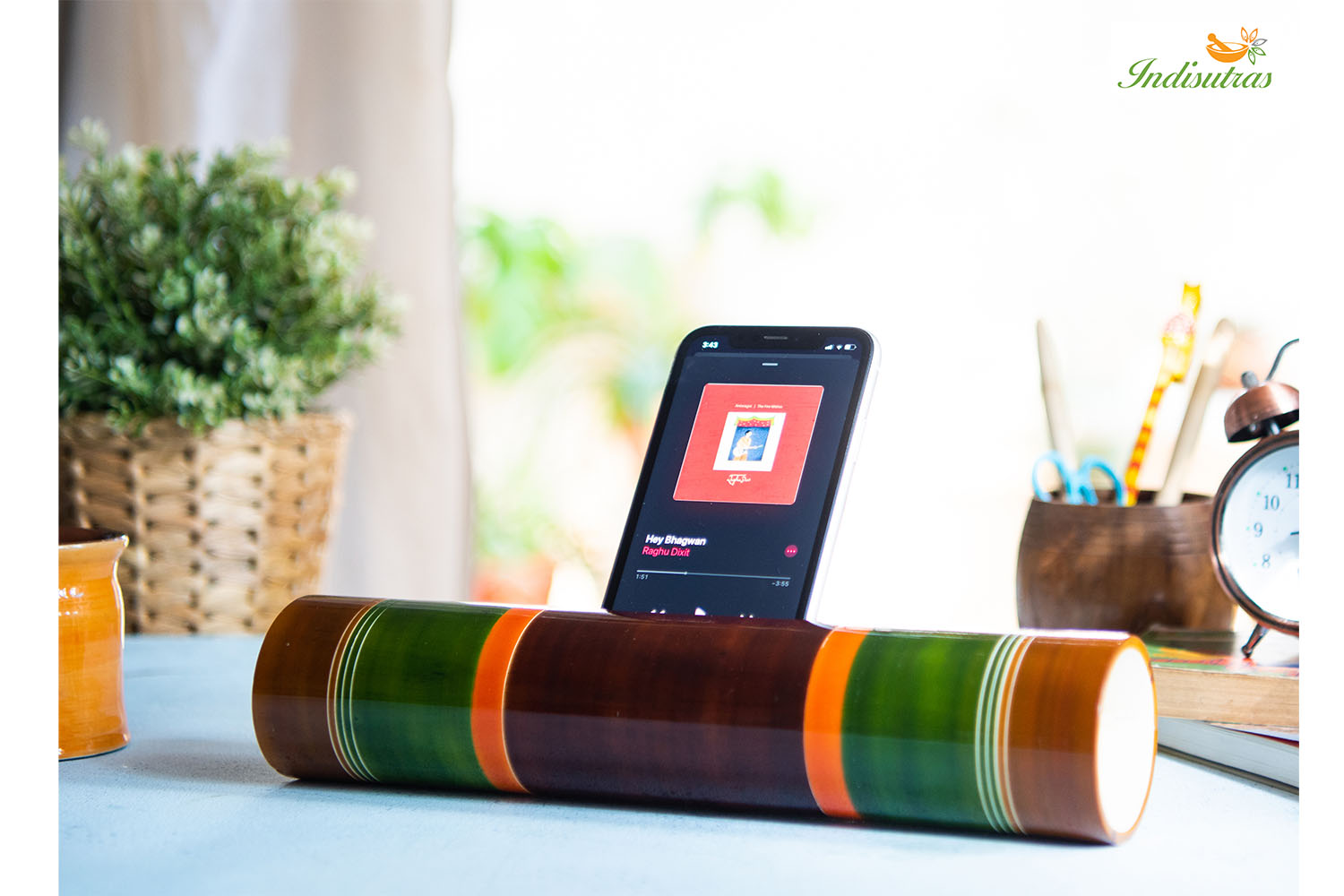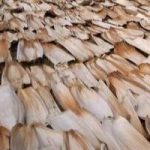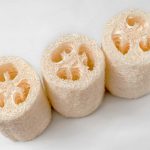
Channapatna Handicrafts - Handmade in India

Channapatna wooden handicrafts items are famous all over the world. They are made in Channapatna toys factories. These Channapatna wooden toys are exported all across the world. You can now shop Channapatna toys online with Geosmin
Channapatna - The toy town of Karnataka
The new-age toys and gadgets have dulled our love for traditional handicrafts. The art of handcrafting wooden toys in Channapatna is one such dwindling tale of the art of ancient India. Everything in Channapatna is about toys. The town is globally known for eco-friendly toys.
A place dedicated to wooden toys, Channapatna is a small but vibrant town of artisans, located in Bangalore-Mysore Highway. This ‘gombegala ooru’ or ‘toy town of Karnataka’ is not only an art form but a place from which the art holds its roots. This place is located approximately 60 kilometers from Bangalore and is famous for lacquer wooden toys.
History
This beautiful handicraft drives its roots from Persia. The origin in India can be traced back to the reign of Tipu Sultan, ‘The tiger of Mysuru’. He was so amazed by the craftsmanship of the lacquer wood toy, that he invited craftsman from Persia to teach the craft to locals.
How Channapatnan toys are made?
The Channapatna toys are manufactured in traditional and advanced small-scale industries that strive to empower local artisans in the art of this majestic craftsmanship. To embrace the beauty of traditions and cultural history, some artisans still follow the traditional way of making wooden toy making.
The material used in Channapatna toy making
Lacquer Wood: It is a 100% non-toxic resin that has been used in India since ancient times. It is derived from the secretion from a tiny insect called “Laccifer lacca”. The substance is approved as a food-grade finish.
These traditional toys are made from different kinds of woods like pine, teak, rosewood, cedarwood, ivory, and rubber to name a few. The most commonly used material is ‘Aale mara’ (Ivory wood). It is machined and finished without any chemical treatment on a traditional lathe.
Every section of the wood is utilized by the artisans. The wood is completely safe and does not pose any occupational health hazards.
Colors: The vibrant colors used to decorate the toys are not only attractive but are also harmless for toddlers.
The artisans use vegetable colors on the toys with traditional designs and detailing.
Here are some of the commonly used colors and their sources.
- Yellow color – Powdered turmeric plant roots
- Red color – A mix of Manjishta powder and Kanchi Kumkum.
- Indigo color – Indigo plant.
- Orange color – By mixing yellow and red color.
- Green color – By mixing yellow and indigo color.
- Brown color – Catechu paste
The most surprising thing is that the artisans don’t wear footwear because they don’t take their craftwork as a job but as a sign of worship and consider their workshop as a temple.
The craft has been titled a Geographical Indication (GI) under the World Trade Organisation, serving global needs. This globally recognized Indian craftsman supports the UN’s 12th Sustainable Development Goal: Responsible consumption and production and also support sustainability by being eco-friendly and promoting the local economy. The Channapatna craftsmen prioritize eco-friendly methods to make their ends meet as most of the materials are sourced locally.
The declining art
Since the last couple of years, the trade saw a decline after the growing trend of cheap Chinese copies. These items were found to be made from toxic chemicals, these toys are now making a comeback. It is now essential to build regenerative cultures that promote the production and consumption of these products.
The industry has faced a severe backlog, losing the shine of royalty. It has suffered from financial setbacks and was quite close to the shutdown. The art was kept lowkey and was passed on to the generation, facing tough competition from cheaper alternatives.
Regeneration of the dying art
The craftsmen have made a shift from traditional to contemporary designs and are now exploring and collaborating to sustain and grow this Channapatna handicraft. The local government is now taking initiatives to train the local crafts to compete and stand in the modern competitive market and keep up with growing preferences. New schemes have been introduced in which today’s craftsman can come up with innovative designs but with the traditional roots of the art. The toymakers are now trained to keep this ancient craft trendy to generate its demand and significance.
Today, the major part of the Channapatna toy industry’s financial revenue comes from exports besides patronage from the Indian government.
The Channapatna toys today
The Channapatna toy town now has amazing toy factories that you have to explore and visit. The magnificence of this ancient craftsmanship is now adorning in all major exhibitions and carnivals across the country and the world. Even Michelle Obama was pleased by the little things that she took back home as a memory to remember her visit to Karnataka.
Even today, you can find a bunch of people in Channapatna sitting together and making these toys outside their homes. These ancient wooden toys are a part of the daily lives of the people in Channapatna. There is also an artisan training centre that helps the newer generation to improve their skills.
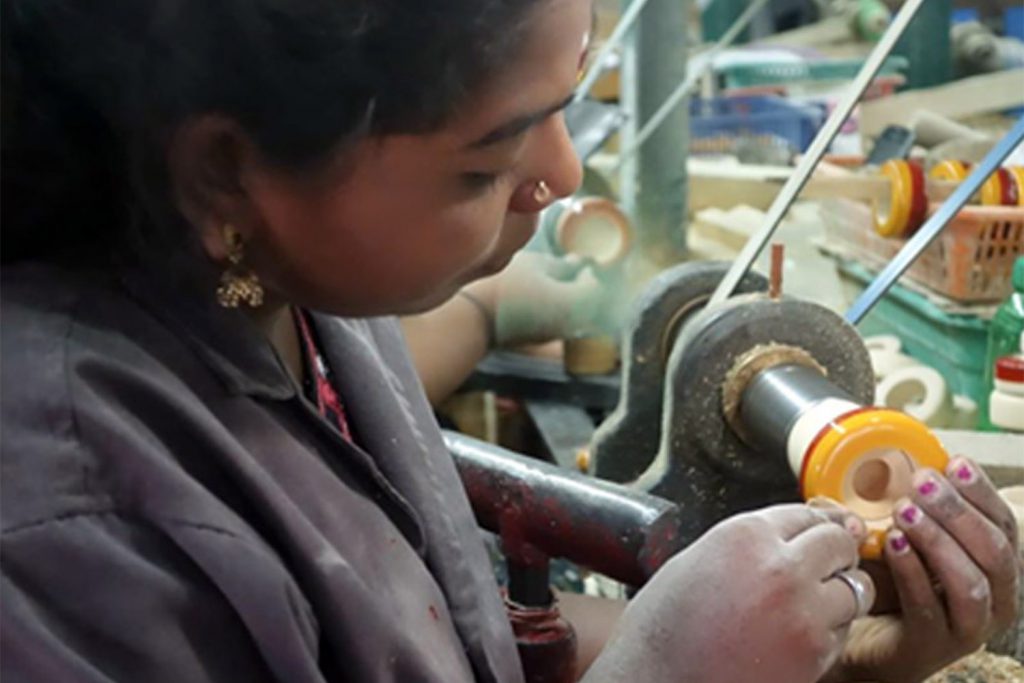
Geosmin ensures sustainability and fairtrade for Channapatna Artisans
With Geosmin, the artisans can now reach the global market, improving the sales of Channapatna handicrafts and the livelihood of the craftsmen.
We follow fair trade practices and empower the artisans by providing them better work conditions and sustainable incomes. We source authentic Channapatna handicrafts from the local artisans and deliver the Channpatna handicrafts and toys at your doorsteps, anytime and anywhere!
